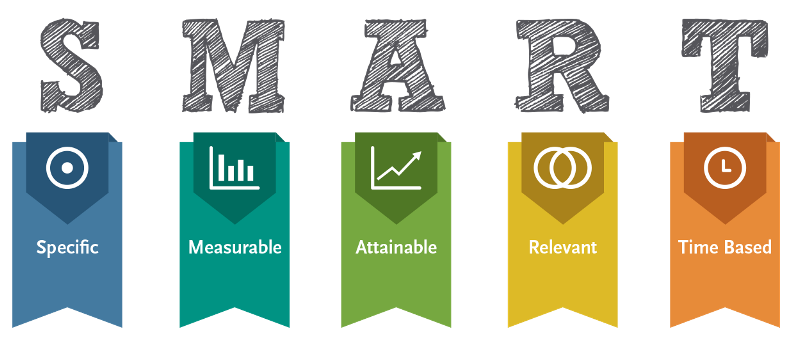
How many times have you heard that creating objectives is the key to success? It will probably come as no surprise to you that there is a lot more to success than simply setting goals.
Setting objectives is an important component, if not the most important part, of being successful, according to most of us. If that were true, a lot more of us would be millionaires, performers, parents, and so on. In this essay, I’ll show you why so many people fail to reach their goals and how to succeed in every situation.
1) What is the definition of a goal?
A goal is a measurable target that can be achieved in little increments. It is more than just a wish or a need; it has its own existence. A hope or a want is less tangible and frequently ephemeral. Who doesn’t want to win the lotto and walk away with millions? Few would disagree, but despite broad desire, it is not a realistic aim. A goal is a want, wish, or need that can be met by action. It’s not only a wish or a desire.
2) What is the best way to set a goal?
Setting a goal is a procedure that begins with a realistic aim, need, or desire. You must first decide on the following:
What exactly are you looking for?
What do you want later on in life?
What is your position, profession, or qualifications?
A goal can be any want, wish, or need that can be met by action.
The aim is then broken down into little specific phases or tasks. Achievable goals are those that you have some control over and can track your progress toward. Long-term life-changing goals are achieved through a series of short and medium-term actions taken one at a time.
3) What steps must be taken?
Goals necessitate your participation. To attain the goal, you must first determine what actions are required. Your first step should always be to put down your objectives. Putting pen to paper, and this is one occasion when a real pen and paper is necessary, gives your goals their own existence.
Writing a strategy is an important part of attaining your goals; without it, you’ll wind up changing your long-term aim to match your current situation. You’ll eventually reduce your aim to a desire, and wishes are only fulfilled by chance.
4) Examine the outcomes
After that, you must analyze and plan out in depth how you will achieve each of your objectives. This entails creating a detailed strategy outlining the specific steps required to attain each goal.
These acts then become smaller, shorter-term objectives that lead to larger, longer-term objectives.
5) What are the next steps I should do today?
“What steps do I need to take today?” is a question you should ask yourself every day. By now, everything should have been prepared in advance, so double-check your schedule and make sure you’re following it every day. If you find that more processes are required, include them in the plan.
6) Review your accomplishments once a week and once a month.
Review your progress for the week every week. Examine what you’ve accomplished and what you may have overlooked. Make changes to your schedule for the coming week or month.
What you’ll do now, tomorrow, this week, next week before the end of the month, in the following three months, six months… should always be part of your strategy. Always keep a record of your findings.
7) What happens if something goes wrong?
If achieving goals was simple, everyone would be wealthy. Goals are difficult because they force you to step outside of your comfort zone and try new things. To be successful, you must overcome your fear of failure and take calculated chances. There will be setbacks, so be prepared. They are an element of the process,
You are wasting your time if you are not willing to take action toward your objectives. True success stems from the acts we all take on a daily basis. Using goals guarantees that all of your actions are leading you in the right way. Daily or weekly reviews keep you on track, and following these basic guidelines will help you meet your objectives.




